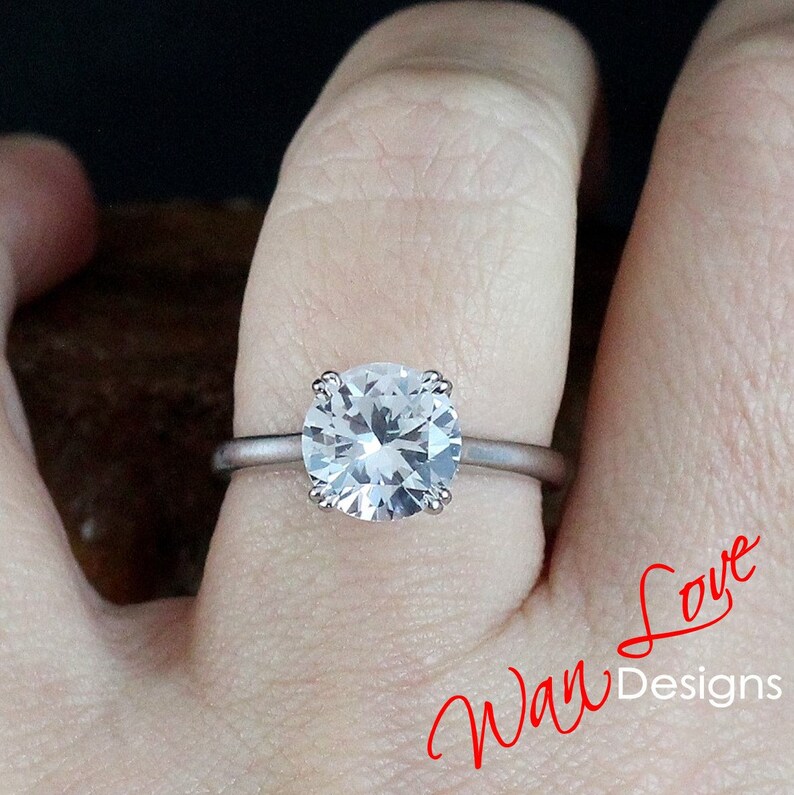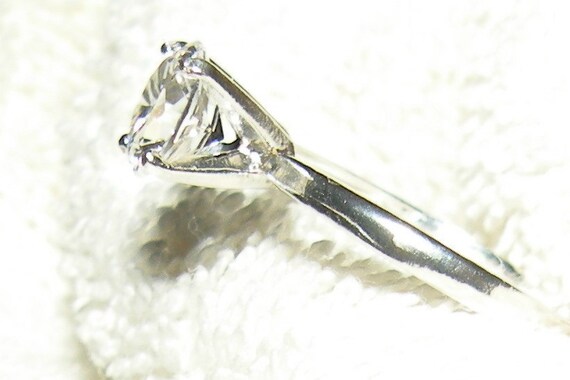

Is this enough to compensate, perhaps not but it is worth considering. In a white diamond, with even the faintest hint of color, shading can occur when viewing the diamond from different angles.

The upside is that the color in a white sapphire is very consistent with no shading whatsoever. White sapphire, although colorless lacks some of that sparkle. The more yellow present, the less expensive the diamond usually is.īut, even if we have both a colorless sapphire and diamond, the white is quite different.Ī good quality, colorless diamond has a sparkle and a fire that comes from how the light is reflected inside the stone before it travels back to our eyes. On the other hand, diamonds can contain quite a degree of yellow tint before we stop calling them white. White sapphires do tend to be colorless without any degree of tint. Even then, not all whites are created equal. It’s unclear why we do that, but it is likely to be so that it becomes another color in the range, rather than an altogether different classification. We refer to gemstones that have no color as white. Understanding the Whiteness of Diamond Vs White Sapphire One reason is that, although used as a diamond substitute, it has a number of disadvantages. Colorless sapphire, as you may expect, has no such contamination.Īlthough colorless sapphire is rarer than blue sapphires, it is still amongst the less expensive colors of sapphire. Sapphires are made from the mineral corundum and are commonly blue due to the presence of titanium and iron in the crystal. Diamond is the hardest mineral we know and occurs in colors from white (colorless) through to black with several colors in between. The actual physical difference comes in the types of mineral involved. What Is The Difference? A diamond surrounded by a halo of blue sapphires. The whiteness of Diamond vs White Sapphire.




 0 kommentar(er)
0 kommentar(er)
